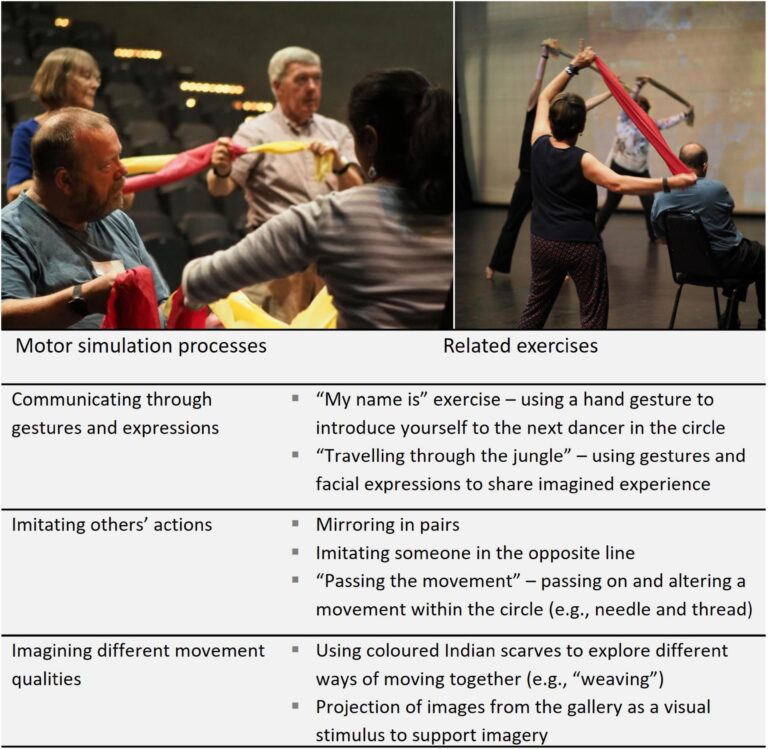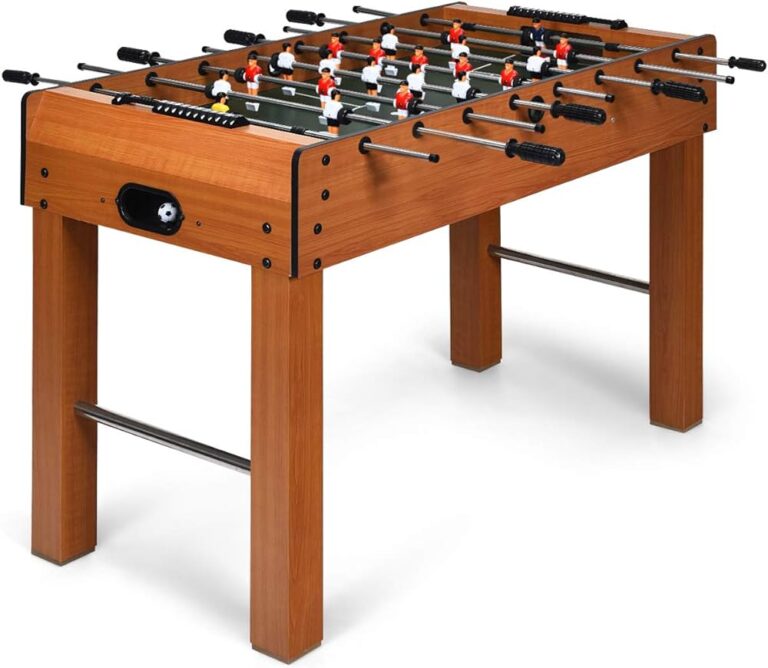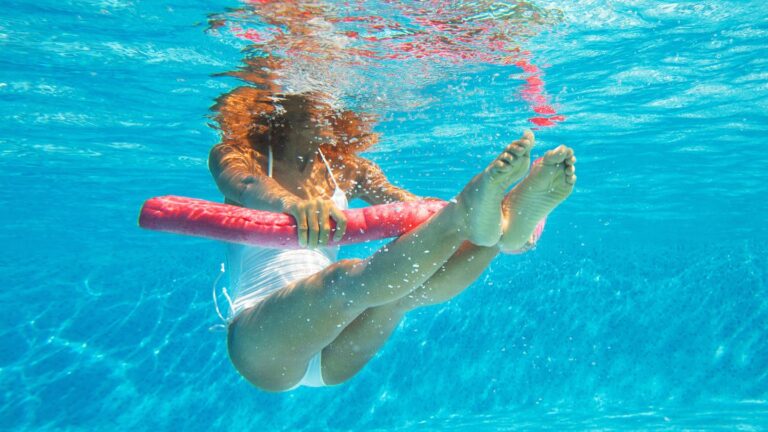From the ancient game of hurling to the high-octane action of lacrosse, stick sports have captivated humanity for centuries. These dynamic activities, united by the use of a specialized implement, offer a wealth of benefits that extend far beyond the playing field.
This comprehensive guide delves into the world of stick sports, exploring the diverse range of physical, mental, and social advantages they hold for participants of all ages and skill levels.
Physical Fitness Powerhouse: Building Strength, Stamina, and Coordination
Stick sports are a fantastic way to achieve a well-rounded fitness regime. They engage numerous muscle groups, promoting overall strength and development. Here’s a breakdown of some key physical benefits:
- Cardiovascular Health: Stick sports often involve bursts of speed, sustained running, and quick changes in direction, making them excellent for improving cardiovascular health. This translates to a stronger heart, improved lung capacity, and increased endurance in daily life.
- Muscular Strength and Development: Different stick sports target various muscle groups. Hockey, for instance, emphasizes core strength and lower body power for skating and maneuvering. Field hockey, on the other hand, utilizes a combination of arm and leg strength for powerful shots and dribbling.
- Balance and Coordination: The very nature of stick sports, where players need to control a stick while moving their bodies, hones balance and coordination. This translates to improved agility, reaction time, and spatial awareness, making everyday activities easier and safer.
- Improved Flexibility: Stick sports often involve reaching, stretching, and twisting movements, which enhance flexibility and range of motion. This can help prevent injuries and make other physical activities more enjoyable.
Sharpening the Mind: Cognitive Benefits of Stick Sports
The action on the field doesn’t just benefit your body; stick sports provide a significant mental workout as well. Here are some ways these activities can sharpen your mind:
- Strategic Thinking and Decision-Making: Stick sports demand quick thinking and strategic decision-making under pressure. Players need to anticipate opponent’s moves, formulate strategies, and adapt to changing situations on the fly. This continuous mental exercise improves problem-solving skills and critical thinking.
- Enhanced Focus and Concentration: The fast-paced nature of stick sports requires players to maintain focus and concentration throughout the game. This improves their ability to block out distractions and stay present in the moment, a valuable skill that translates to all aspects of life.
- Improved Hand-Eye Coordination: Stick sports demand precise hand-eye coordination to handle the stick, track the ball or puck, and react quickly to changing game dynamics. This coordination is crucial for activities like driving, playing other sports, and even performing everyday tasks.
- Mental Toughness and Resilience: Stick sports are not without challenges. Players face setbacks, overcome obstacles, and learn from their mistakes. This fosters mental toughness and resilience, equipping them to deal with difficulties in life with a more positive and determined attitude.
Building Strong Bonds: The Social Fabric of Stick Sports
Stick sports are more than just individual athletic pursuits; they are a powerful tool for building strong social connections. Here’s how participation fosters a sense of community and belonging:
- Teamwork and Collaboration: Most stick sports involve teamwork. Players learn to cooperate, communicate effectively, and rely on each other to achieve a common goal. This fosters a sense of camaraderie and builds strong bonds with teammates.
- Leadership Development: Stick sports provide opportunities for players to develop leadership skills. Captains, for example, motivate their team, strategize plays, and make critical decisions on the field. These experiences translate into leadership qualities that benefit participants in school, work, and life.
- Sportsmanship and Respect: Stick sports teach valuable lessons about sportsmanship and respect. Players learn to respect their opponents, officials, and the rules of the game. This translates into fair and respectful behavior in other areas of life.
- Life-Long Friendships and Connections: The shared experience of playing a stick sport creates a strong bond between players. These friendships often extend beyond the field, forming a vital support network and a sense of belonging.
A World of Variety: Exploring Different Stick Sports
The beauty of stick sports lies in their diversity. Whether you crave the physicality of lacrosse, the finesse of golf, or the strategic complexity of field hockey, there’s a stick sport out there for everyone. Here’s a brief overview of some popular options:
- Lacrosse: A fast-paced sport involving throwing, catching, and scoring with a netted stick. Requires agility, strength, and excellent hand-eye coordination.
- Field Hockey: Played on a field with a curved stick and a hard ball. Emphasizes strategic movement, passing, and scoring goals.
- Ice Hockey: Played on ice with skates and a curved stick.
Continued: A World of Variety: Exploring Different Stick Sports (Continued)
- Ice Hockey: Played on ice with skates and a curved stick. Requires exceptional skating skills, physical strength, and strategic puck handling.
- Floorball: Similar to ice hockey but played on a hard court surface with a lightweight stick and a plastic ball. Popular for its speed and accessibility.
- Cricket: A bat-and-ball game with a long willow bat, but fielding often involves specialized sticks for catching and throwing the ball. Requires strategic batting, bowling, and fielding skills.
- Hurling: An ancient Gaelic sport played with a hurley (wooden stick) and a sliotar (leather ball). Demanding of hand-eye coordination, strength, and stamina.
- Polo: Horseback-mounted sport played with mallets (long sticks with a mallet head) used to hit a small, hard ball. Requires horsemanship skills, coordination, and strategic team play.
- Band̳y̳ (Bandy): Played on ice with a curved stick and a ball similar to a soccer ball. Known for its fast pace, physical contact, and emphasis on teamwork.
- Shinty: A Scottish team sport with similarities to hurling and field hockey. Played with a wooden stick and a leather ball. Requires agility, strength, and stick handling skills.
- Floorball: A fast-paced, indoor sport played with a lightweight stick and a plastic ball. Popular for its accessibility and emphasis on teamwork and strategy.
Beyond Physical Benefits: Exploring the Mental and Social Advantages of Specific Stick Sports:
While the core benefits of stick sports often overlap, each sport offers unique advantages:
- Lacrosse: The fast pace and constant movement of lacrosse demands quick thinking, spatial awareness, and exceptional hand-eye coordination. The physical demands also build mental toughness and resilience.
- Field Hockey: The strategic nature of field hockey requires players to think several steps ahead, anticipate opponent’s moves, and formulate scoring plays. It fosters teamwork and communication, while the constant movement improves reaction time and agility.
- Ice Hockey: The combination of skating, stick handling, and physical play in ice hockey demands exceptional focus and concentration. It cultivates mental toughness, quick decision-making, and strategic thinking under pressure.
- Cricket: Cricket, with its complex rules and lengthy matches, fosters patience, strategic thinking, and mental fortitude. It also offers a unique social aspect, with long innings providing time for camaraderie and team bonding.
Finding Your Fit: Choosing the Right Stick Sport
With such a diverse range of options, choosing the right stick sport can feel overwhelming. Here are some factors to consider:
- Interests: Do you prefer fast-paced action or a more strategic game? Consider activities you already enjoy and look for a stick sport that aligns with your interests.
- Physical Ability: Evaluate your current fitness level and any physical limitations. Some sports like ice hockey require strong skating skills, while others like floorball are more accessible for beginners.
- Accessibility: Consider the availability of resources like equipment, playing fields, and training facilities. Look for a sport that aligns with your local resources and budget.
- Social Experience: Do you crave a team environment or a more individual pursuit? Some sports, like lacrosse and field hockey, emphasize teamwork, while others, like golf or croquet, offer a more individual experience with potential for social interaction.
Embark on Your Stick Sport Journey: Resources and Getting Started
Taking the first step towards playing a stick sport is exciting! Here are some resources to help you get started:
- Local Sport Associations: Most cities and towns have local sports associations dedicated to promoting various stick sports. These organizations can connect you with leagues, clinics, and resources for beginners. Online searches can help you find your local association.
- Sporting Goods Stores: Sporting goods stores offer equipment rentals and sales for most popular stick sports. The staff can provide guidance on choosing the right equipment for your chosen sport.
- Online Resources: Numerous online resources offer instructional videos, training tips, and rules explanations for various stick sports. Look for reputable websites and coaching platforms.
Conclusion: Embrace the World of Stick Sports
Stick sports offer a compelling combination of physical, mental, and social benefits. From building strength and endurance to sharpening your mind and fostering strong bonds with others, these dynamic activities have something to offer people of all ages and abilities. So, grab a stick, step onto the field, and unleash the joy and benefits of playing a stick sport!






